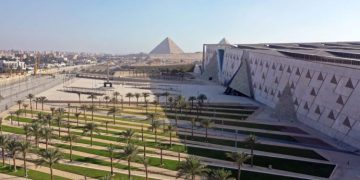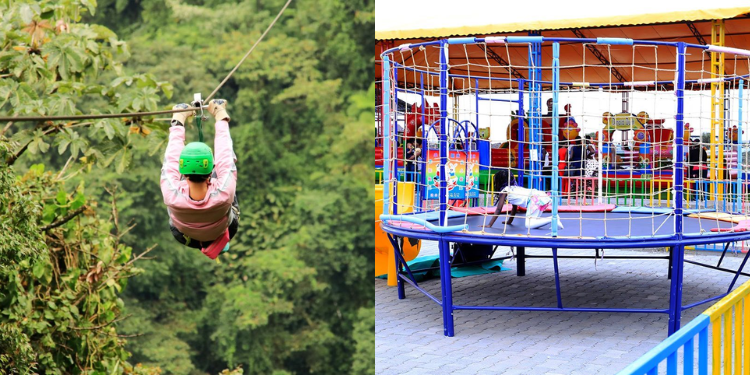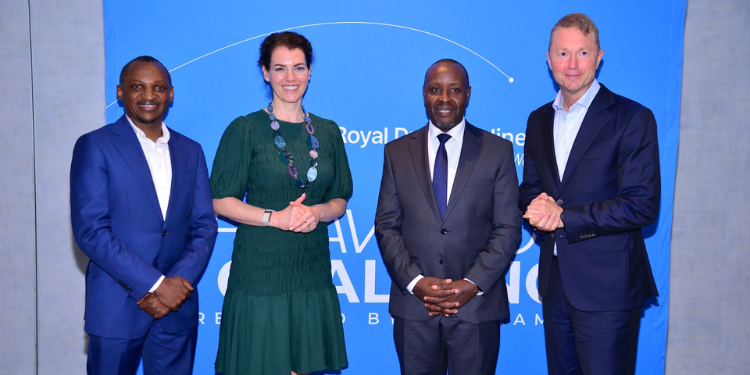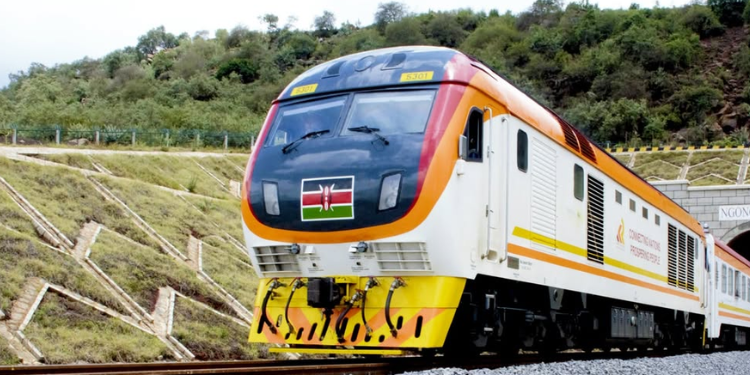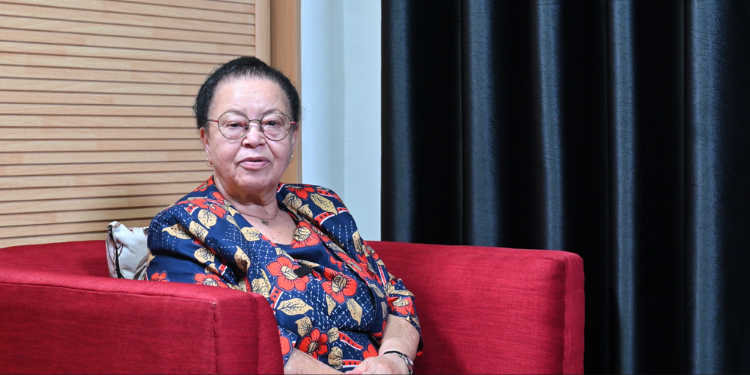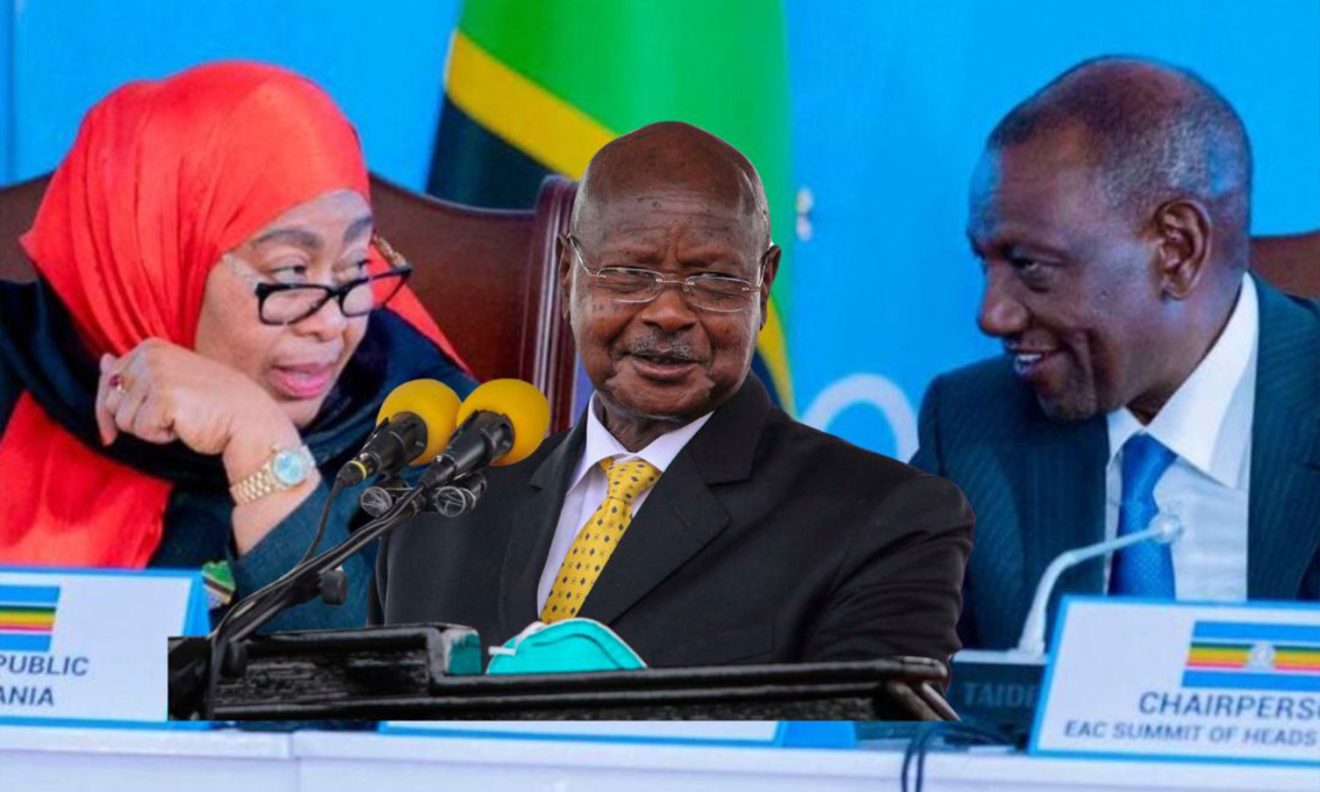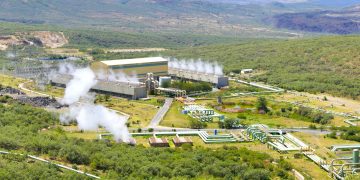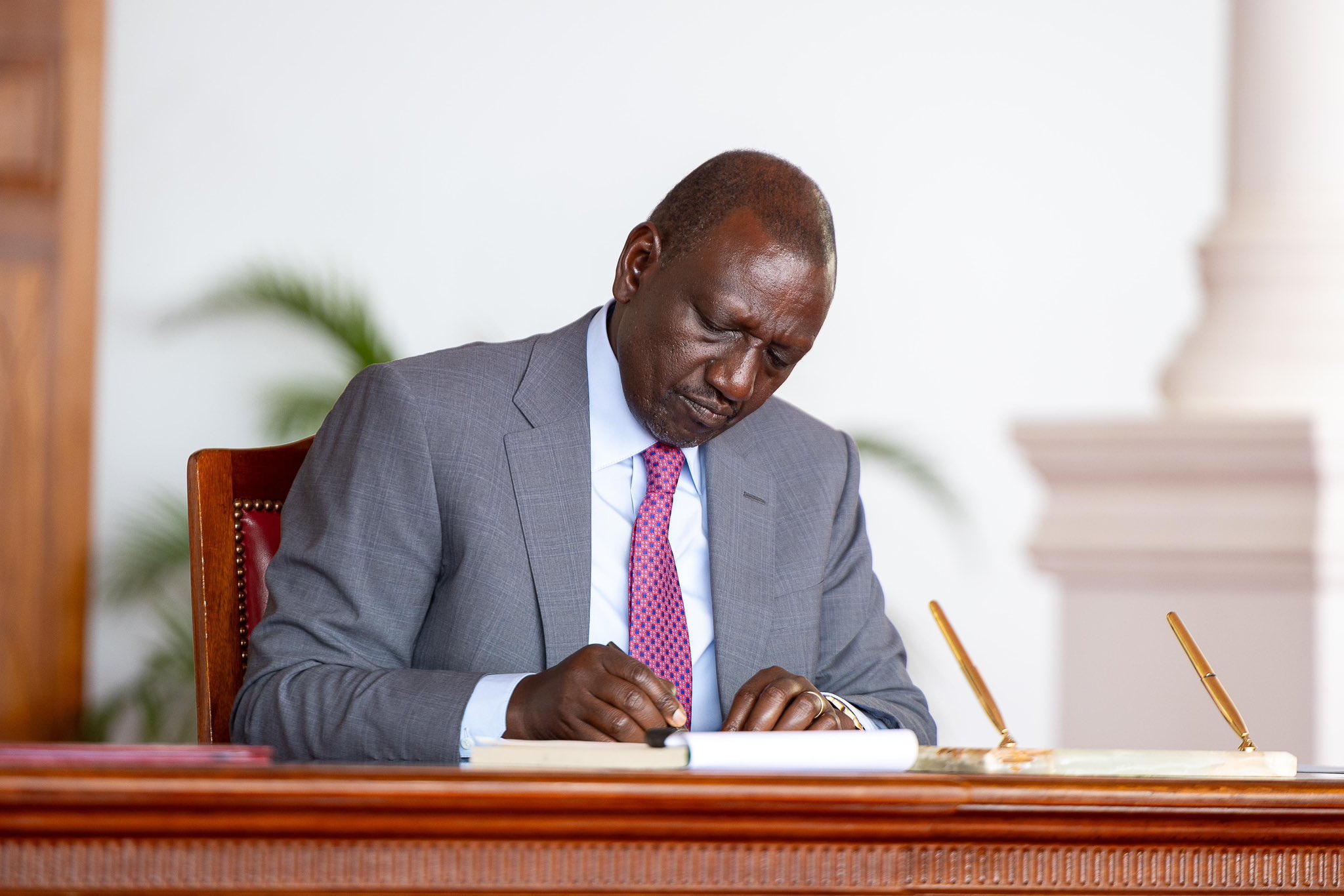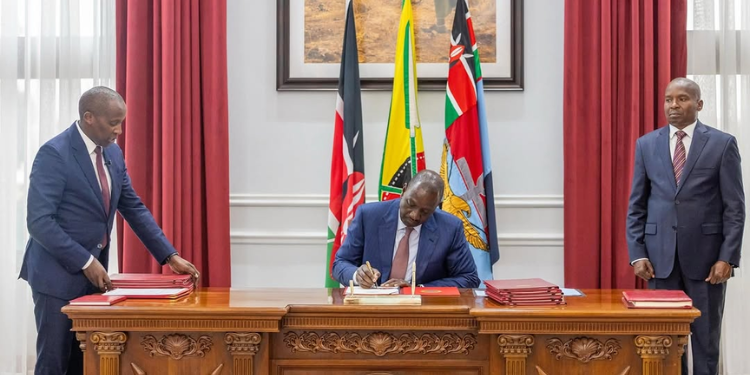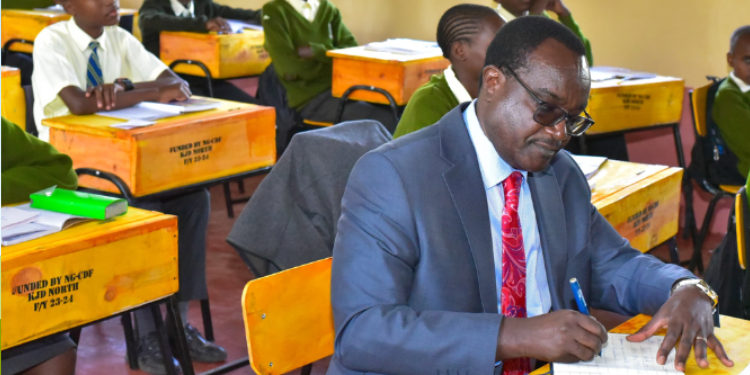In the same month that the Trinity Test ushered in the Atomic Age, Vannevar Bush, who was then the head of the U.S. Office of Scientific Research & Development, presented a report titled Science, the Endless Frontier: A Report to the President on a Program for Postwar Scientific Research to then President Roosevelt. Arguing that scientific progress was not a one-off event but had to be deliberately cultivated through sustained public investment, the report eventually became the cornerstone of the global state-funded research ecosystem, linking taxes from citizens to the operational expenses of laboratories, universities, and industrial innovation.
The prosperity witnessed in the post-war period led Harvard University scholars Sarah Jasanoff & Sang-Hyun Kim to coin the phrase “socio-technical imaginaries.”
They argued that there exists a natural, hard-coded “personality” or distinct “cultural thing-thing-a-magic” that imbues a society’s priorities.
History is replete with examples of such. Though invented in China during the Tang dynasty 700 years earlier, when gunpowder proliferated westward as Genghis Khan & his horde of Qeshigs rode out of the Mongolian Steppe, it was in Europe’s institutional environment that gunpowder was transformed from fireworks into a tool for geopolitics.
Other more recent examples include how the 2 Koreas took very different paths when they acquired nuclear technology. The North, traumatized by damage done from the air during the Korean War, dedicated all its effort to building nuclear bombs. The South chose the path that led it to become the “West’s” de facto factory for nuclear power generation infrastructure.
Kenya’s nuclear journey spans decades
As a fledgling, newly independent state, it joined the International Atomic Energy Agency (IAEA) in 1965 to maximize the utility offered by US President Eisenhower’s “Atoms for Peace.”
Guided by its immediate needs, Kenya prioritized the non-power applications that saw nuclear techniques used in mutation breeding to address food security.
Also Read: IAEA Milestones – Africa’s Map the Global Nuclear Power Race
The recent and ever-expanding use of radioisotopes for diagnostics, radiotherapy, non-destructive testing, and irradiation for product quality control can all be argued as manifestations of Kenya’s own nuclear socio-technical imaginaries.
In recent decades, the Silicon Savannah has made public its aims to become a regional hub in artificial intelligence and digital services. It’s in such an environment that the long-overdue Nuclear Science & Technology Policy (NSTP) currently doing the rounds has emerged organically as the nuclear socio-technical imaginaries expand to include power generation.
IAEA compliance
Although there are numerous institutional reforms at its core, everything is done in compliance with standards set by the IAEA. The proposed Kenya Atomic Energy Agency (KAEA), intended to become the coordinating institution for all domestic applications of nuclear technology NSTP goes out of its way to guarantee that the three pillars of promotion, regulation, & research remain separate and independent, even as it adds some pith and substance to local efforts to meet Sustainable Development Goals 7, 9, and 13.
Grounded socio-technical imaginaries always commit time, resources, and people to a chosen trajectory, and the long-overdue NSTP is no exception.
The policy benchmarks human resource needs against projected project timelines. Informed by qualitative and quantitative analysis, the draft proposes targeted scholarships, certified apprenticeship pathways in nuclear engineering and radiological sciences.
Left to their own devices, the exploration of emerging nuclear applications in countries like Kenya tends to lag behind where it should be. Nuclear fusion and plasma science are just two of the many notable examples. NSTP addresses this problem by proposing a long-term scientific pathway that is analogous to the one Vannevar Bush proposed.
Funding Science
Speaking from personal experience, it takes approximately 12 years to train a nuclear engineer. This means that, with the aggressive timelines proposed, which see the construction of Kenya’s first nuclear power plant commencing in 2027 and first criticality by 2034, the training of technical staff needs to have begun long ago.
The recently completed Kenya Advanced Institute of Science & Technology (Ke-AIST) in the Konza Technopolis, set to receive its charter from the president soon, should have begun churning out engineers 5 years ago.
It is one thing to voice a socio-technical imagination and something entirely different when it is time to convert it into brick and mortar.
Also Read: Why Africa’s Youth Should Lead Nuclear Revolution
NSTP does the industry a significant favour by identifying overlap and “bringing everything nuclear under one roof.” Budgetary pressures in the age of austerity will, however, require the balancing of ambition with caution & putting our money where our mouths are.
Reading Jared Diamond’s “Guns, Germs & Steel,” the alternative to having the institutions suggested by the NSTP guiding us is to slouch around waiting to be spoon-fed obsolete imported doctrines that have nothing to do with the reality around us.
Such is the literal recipe for disaster, given that rapid urbanization of the world’s youngest population is happening as the climate change-related catastrophes hang over our necks like the Sword of Damocles held up by a single horse’s hair.
Bush argued that governments must consistently fund science and technological endeavors, and for Kenya, this means implementing the policy draft in a way that ensures the proposed institutions, budgets, and human resource development are robust enough to sustain the country’s own trajectory. NSTP offers Kenya the muscle, but success will depend on an implementation campaign that has to be sustained over decades.
Follow our WhatsApp Channel and X Account for real-time news updates.
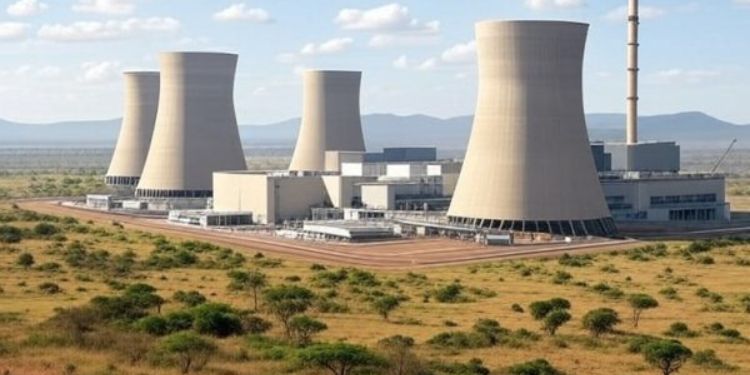


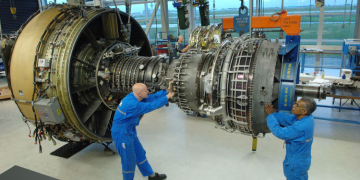

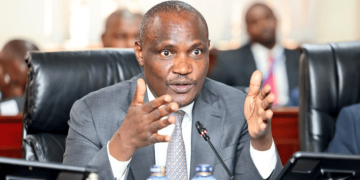
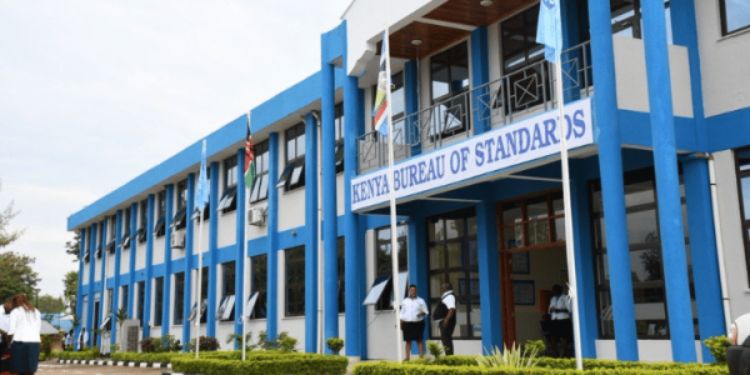
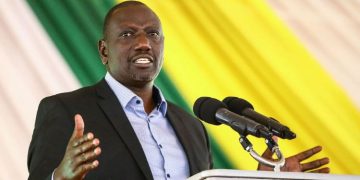
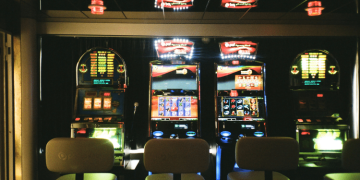





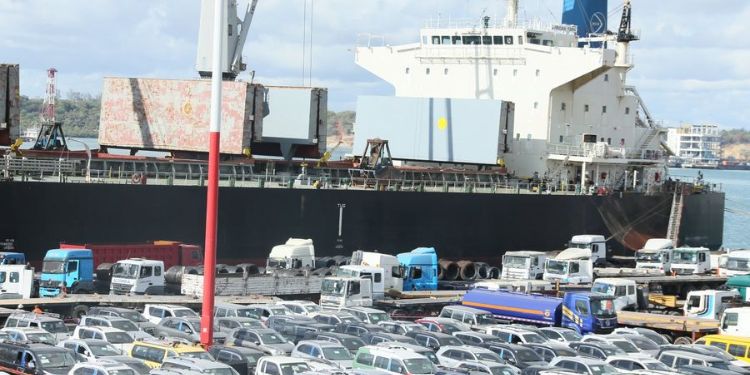







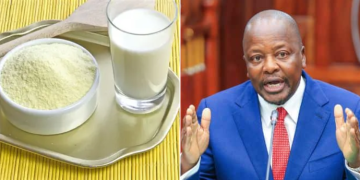
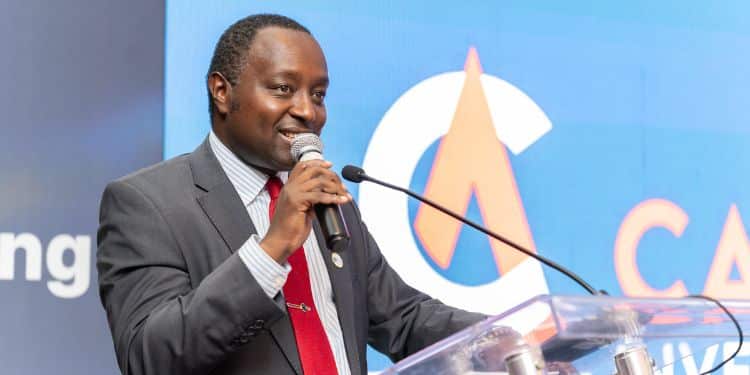

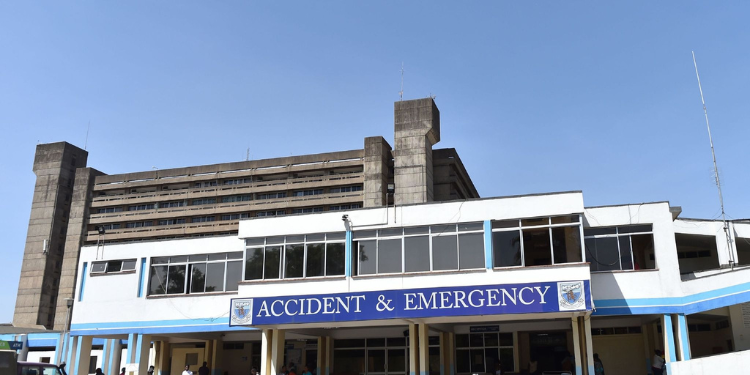

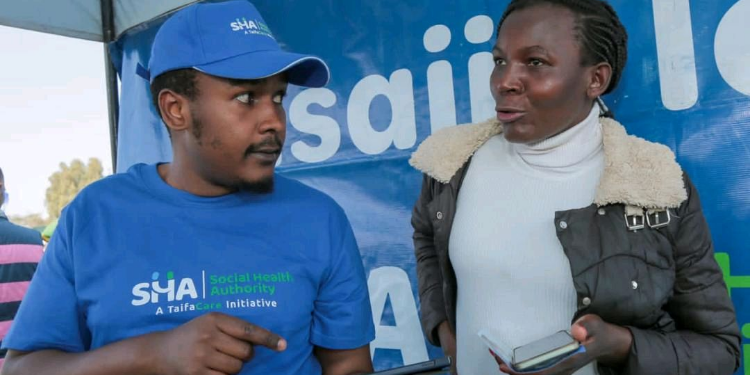
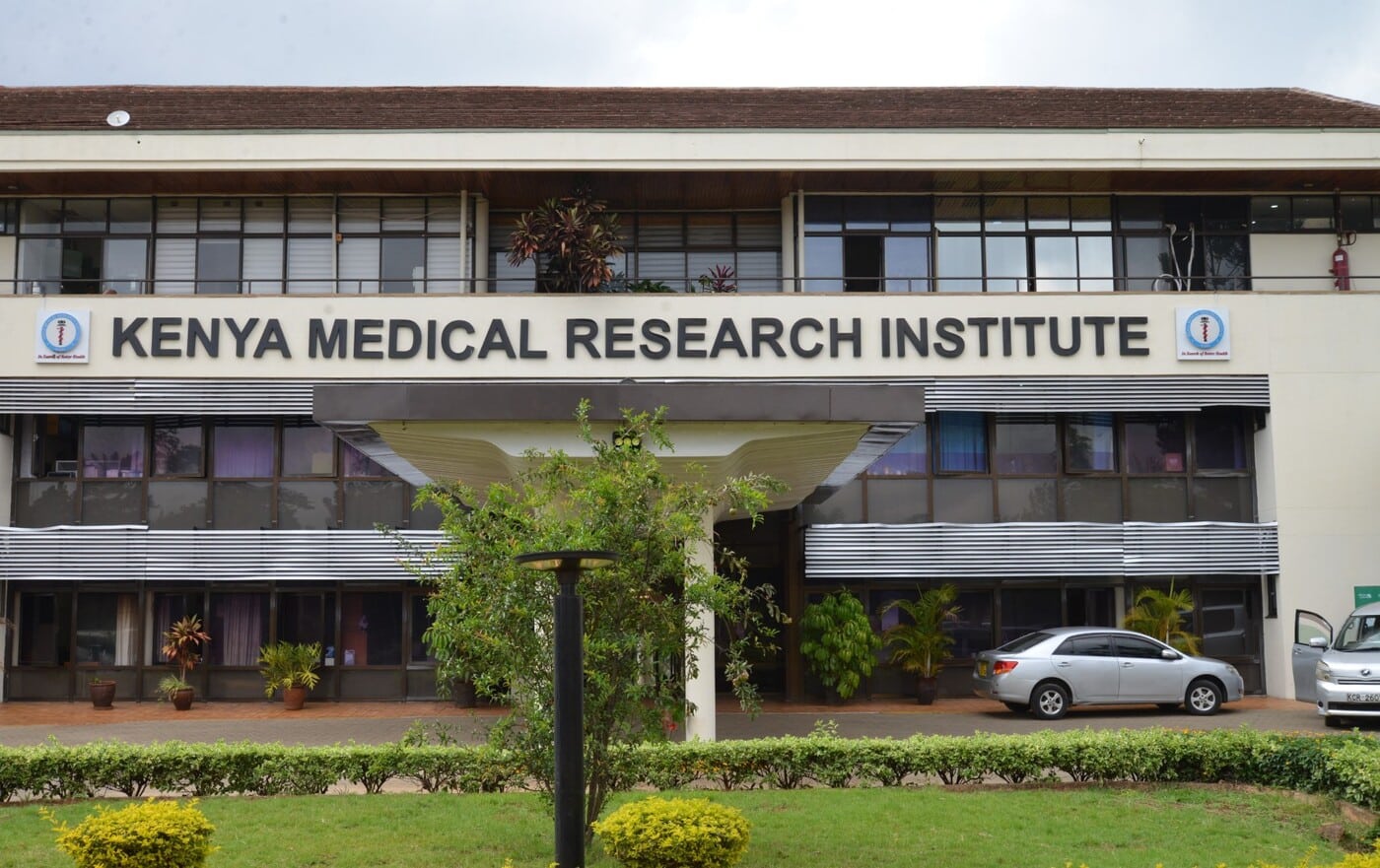
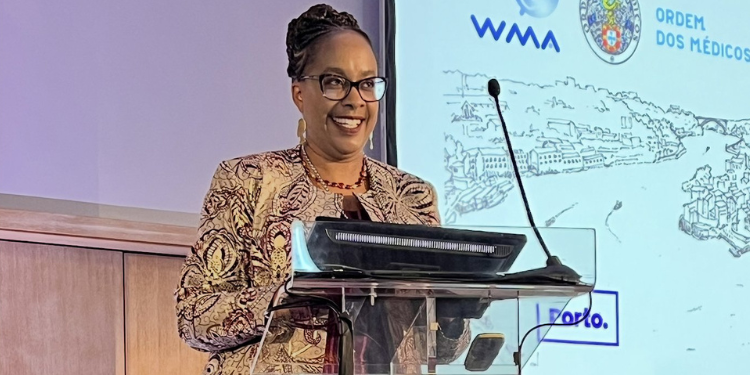
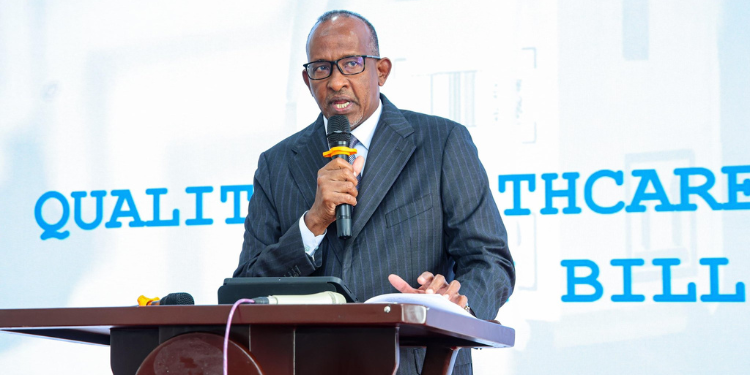




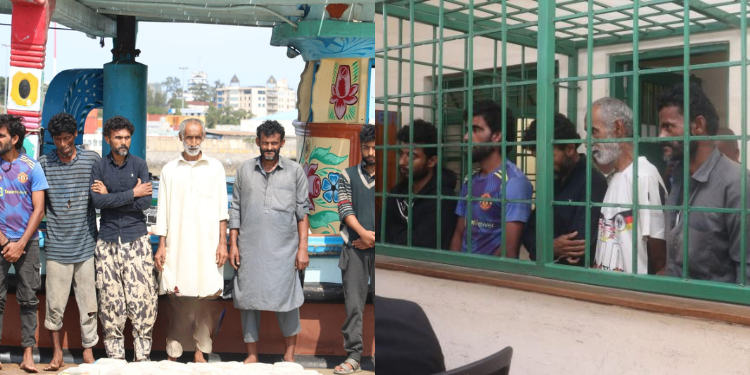



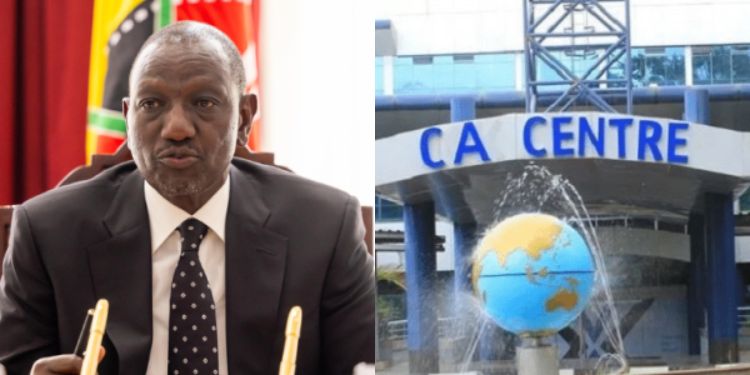










![Senator Allan Chesang And Chanelle Kittony Wed In A Colourful Ceremony [Photos] Trans Nzoia Senator Allan Chesang With Channelle Kittony/Oscar Sudi]( https://thekenyatimescdn-ese7d3e7ghdnbfa9.z01.azurefd.net/prodimages/uploads/2025/11/Trans-Nzoia-Senator-Allan-Chesang-with-Channelle-KittonyOscar-Sudi-360x180.png)
